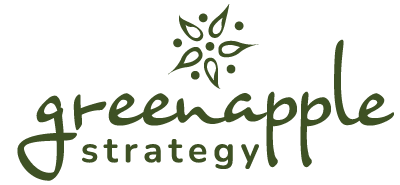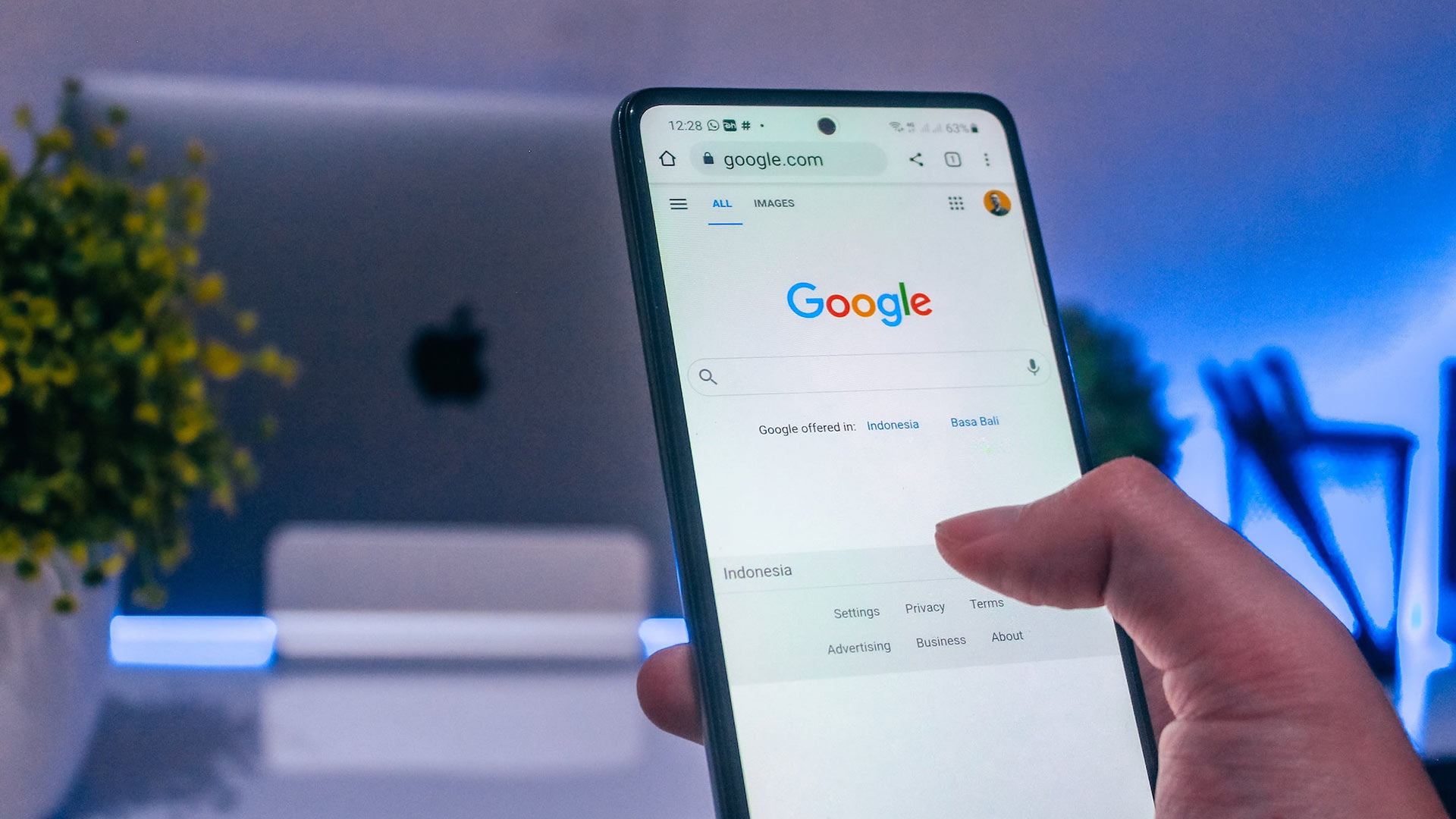The modern workplace has no shortage of personality tools and diagnostic frameworks designed to help companies better understand their employees. From DISC and StrengthsFinder to Myers-Briggs and CliftonStrengths, these tools can play a vital role in helping teams collaborate more effectively, leverage their strengths, and achieve better results.
At Green Apple Strategy, two tools have become foundational for how we work and grow together: the Culture Index and the Enneagram. Each offers a unique perspective on human motivation and behavior. In this post, we’re diving into how the Enneagram, in particular, has helped shape our understanding of team dynamics and marketing itself.
What Makes the Enneagram Different?
Unlike many personality assessments that focus solely on external behavior, the Enneagram is a typology rooted in core motivations and fears. It explores why we think, feel, and act the way we do.
Over the past several years, we’ve taken a deep dive into the Enneagram, reflecting on how each type contributes uniquely to our team and the marketing industry as a whole.
Enneagram Types and the Value They Bring to Marketing
Here’s a high-level look at each of the nine Enneagram types, along with the unique perspective and strengths they offer marketing teams:
NOTE: You can also take a deeper look into each number by following the links below.
Type One: The Reformer
Type Ones are principled, responsible, and improvement-oriented. They hold themselves and others to high standards, always striving to do what’s right.
In marketing, they bring integrity, organization, and a sharp eye for detail, making them essential for marketing project management, quality control, process improvement, and ethical branding.
Type Two: The Helper
Twos are caring, generous, and relational. They’re tuned into the needs of others and naturally offer support.
In a marketing context, Twos thrive in client-facing roles, bringing warmth, empathy, and deep listening skills that build strong relationships and uncover meaningful insights.
Type Three: The Achiever
Threes are driven, adaptable, and success-oriented. They’re natural motivators and high performers who set and crush goals.
On a marketing team, Threes bring energy and vision. They’re ideal for business development, leadership, and campaign execution, always looking for ways to align marketing goals with the big picture.
Type Four: The Individualist
Fours are creative, introspective, and emotionally intuitive. They seek authenticity and meaning in everything they do.
Fours contribute unique, emotionally resonant ideas that help brands stand out. Their creativity and vulnerability bring depth to storytelling and design.
Type Five: The Investigator
Fives are analytical, curious, and independent. They value knowledge and are energized by deep thinking.
In marketing, Fives offer research-driven insights, smart strategies, and thoughtful problem-solving. They’re invaluable for creating a data-driven culture and long-term planning.
Type Six: The Loyalist
Sixes are responsible, loyal, and security-oriented. They’re vigilant and thoughtful, always preparing for what might go wrong.
On a marketing team, Sixes are your risk managers and process builders. They anticipate challenges, create contingency plans, and work hard to keep things running smoothly.
Type Seven: The Enthusiast
Sevens are optimistic, spontaneous, and full of ideas. They bring a sense of fun and adventure to everything they do.
Sevens shine in brainstorming sessions and during the creative ideation process. They’re great at coming up with your next great marketing idea or keeping campaigns fresh and relevant.
Type Eight: The Challenger
Eights are confident, assertive, and protective. They stand up for what they believe in and aren’t afraid to take charge.
In marketing, Eights make strong leaders and advocates. They bring bold thinking, clear direction, and the ability to challenge assumptions and push projects forward.
Type Nine: The Peacemaker
Nines are calm, supportive, and agreeable. They see multiple perspectives and often serve as mediators.
On a team, Nines bring cohesion and balance. They’re natural collaborators who boost employee morale and make sure everyone is aligned. That alignment can be especially important when teams are working under tight deadlines and juggling input from multiple stakeholders.
How to Leverage the Enneagram for Marketing Teams
As with any tool, the Enneagram isn’t a magic fix. But when used thoughtfully, it can serve as a powerful resource for building stronger teams and doing better work. Here are a few ways we’ve found it particularly helpful:
Cultivating Empathy
Recognizing the distinct lenses through which each Enneagram type views the world and the core values they prioritize can foster greater empathy and understanding within your team. This awareness can improve communication, reduce conflict, and create a more inclusive and collaborative environment.
Strategic Role Alignment
By understanding the natural strengths and tendencies of each Enneagram type, you can strategically align individuals with roles that best suit their inherent abilities and talents. For example, the goal-oriented nature of Threes can make them an asset for business development, while the detail-oriented focus of Ones can be invaluable for quality control and project management.
Enhancing Collaboration and Communication
Recognizing different communication styles and potential conflict triggers associated with each type can lead to more effective collaboration. Remembering a Six’s need for reassurance or a Four’s desire for authentic expression can improve team dynamics and project workflows.
Tailoring Client Interactions
Incorporating the Enneagram types of your clients (even intuitively) can provide valuable insights into their motivations and communication preferences, leading to more compelling marketing strategies and stronger client relationships.
Fostering Creative Innovation
The unique perspectives and creative approaches of different Enneagram types can spark innovation and drive new ideas. Encouraging the intuitive insights of Fours, the problem-solving abilities of Fives, and the enthusiastic brainstorming of Sevens can lead to more original and successful marketing campaigns.
Using the Enneagram to Unlock Your Team’s Inner Marketing Genius
At Green Apple, we’ve found the Enneagram to be a powerful tool. It’s helped us better understand ourselves and each other, making us a more cohesive, creative, and supportive team.
It reminds us that great marketing doesn’t come from one-size-fits-all thinking. It comes from leveraging the diverse strengths of individuals who see the world—and the work—differently.
Want help exploring how your team’s strengths can align with your marketing goals? Let’s talk.











